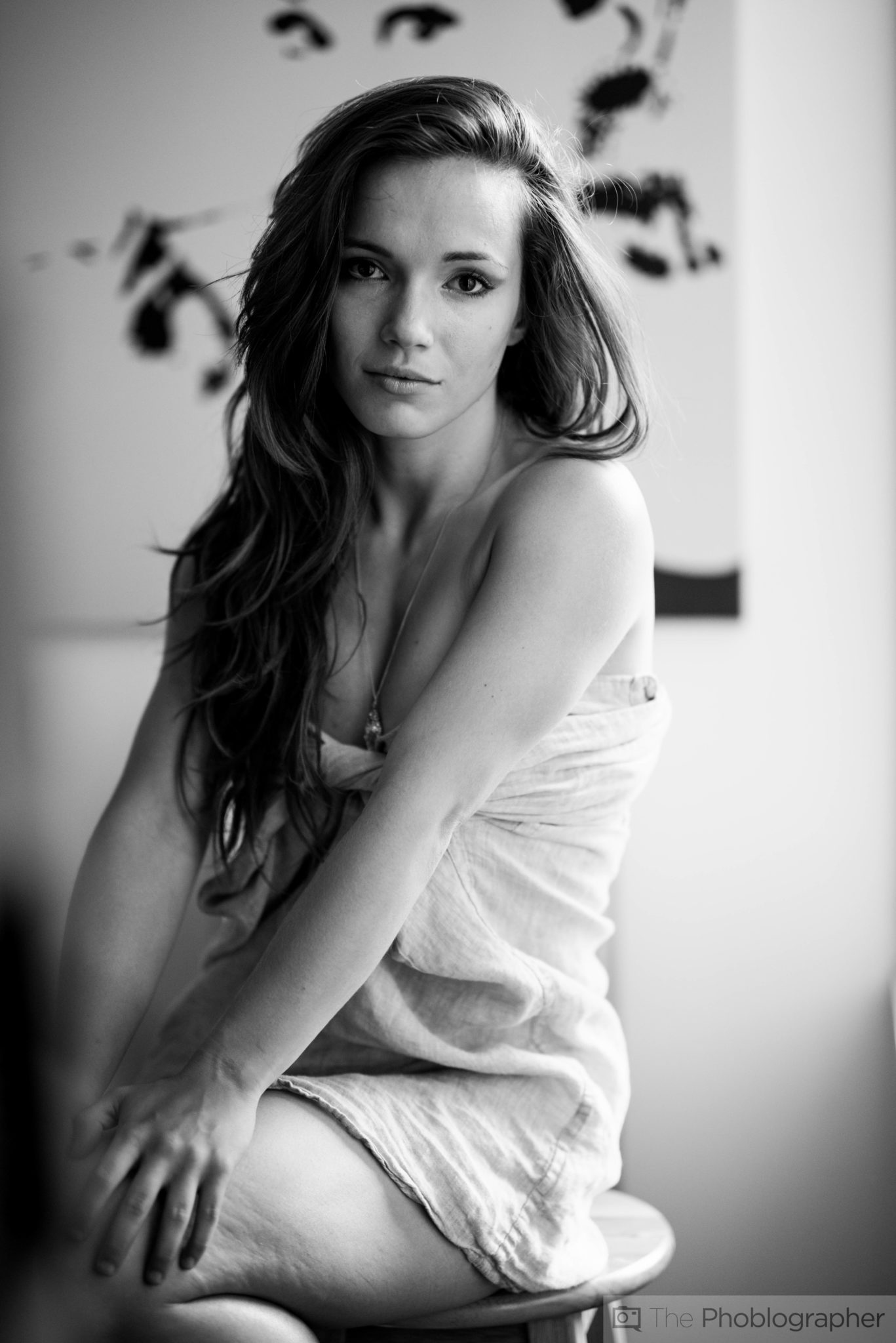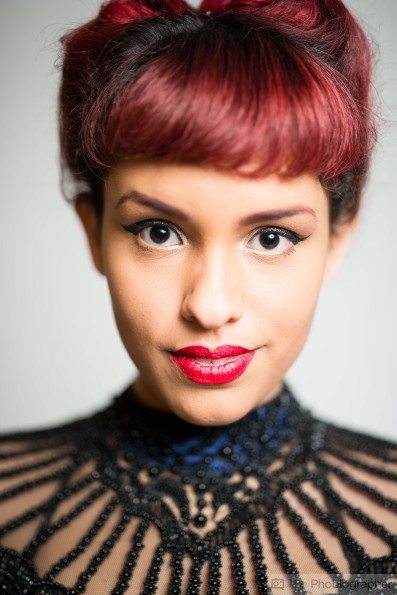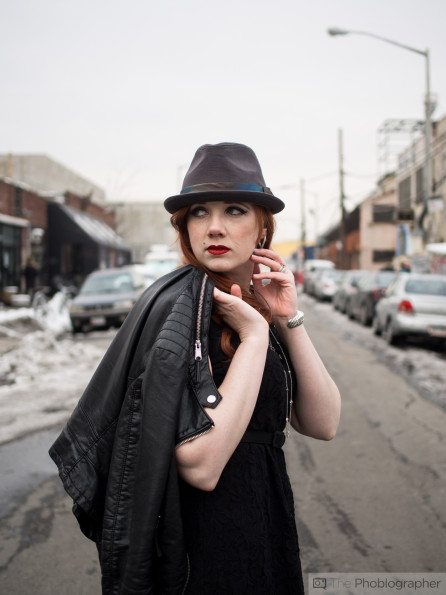
Over the years, I’ve been doing more and more portraiture in attempts to get better and to make people feel genuinely more confident about themselves. It takes time, understanding, and a lot of hard work. But when giving the images to my subjects, all that is ever heard is genuine love for the portraits not only from my subjects but their loved ones, friends, and colleagues. It’s wonderful.
And shooting film has taught me something even more important.
The tradition in portraiture is to always focus on the eyes. It’s said over and over again all the time. But to be honest, I think that it’s about time to break that rule in certain situations.

What? Why would Chris say this? Is he going nuts?
No, not at all. More and more blind–maybe. But not blind enough to lose the ability to find intimacy in a portrait.
If you’re shooting a portrait of someone, there are many different framings that you can do. You can choose to get up close and personal, shoot a bit wider, full body, or even try to tell a story through an environmental portrait. In each of these scenarios, the eyes take up less and less of the photo and are less and less apparent.
Let’s break down each situation. For ease of language and terminology we have a top quarter portrait, an upper third portrait, an upper half portrait, a three fourths portrait, and a full body portrait.
Now to explain each of these:
– Top quarter: The framing is comprised of mostly the top quarter of a person. This is usually from the chest and above and comprises the traditional headshot. The eyes are usually jutting right out at you and the scene is the equivalent of someone being right up in your face.
– Upper Third: Same idea as the Top Quarter, but moving back a bit. You see more of the person.
– Top half: the top half of the person. The eyes are even less prominent here as shoulders, posture, arms, hands, and the torse are involved in communicating a lot about the person.
– Full Body: Obviously a full body image. The eyes are even less apparent here.
See where I’m getting at here?
When instructors tell you to always focus on the eyes or else you lose intimacy, it should sometimes be taken with a grain of salt. Keep moving back and the eyes will be less and less a part of the image. And at a certain distance, those windows to the soul will be drowned out by facial expressions, posture, hand positions, etc.
As you move further and further away from the subject or more of their body is comprising the photo, you need to focus less on the eyes. Instead, you can just go ahead on focus on the face.

Now, I want you to stop right there before you talk about looking at an image at 100%.
Stop.
No really, stop doing it.
Why?
Because no one that you’re giving the image to is going to sit there are look at the pores on their face or the quality of their mascara up close and personally. And moreover, you’re most likely not going to give the person a full resolution file.
For starters, those take forever to load on the web, they’re a pain to upload, and on most sites that these people will put these images on (Facebook in particular) no one will be looking at the image at 100% to pixel peep whether you’ve been focusing on the eyes or not.
And in a scene where the person’s body is taking up more and more of the image and the eyes are less prominent, no one will care.
So what if the face or eyes are a bit out of focus? Can the main details still be seen?
If yes, then good job.
If no, then retake the photo.
At the end of the day, focus more on creating a beautiful portrait than sitting there complaining about whether eyes are in focus or not. But to be fair, this also depends on the distance from the subject and how much of their body is taking up the scene.
Happy shooting!

